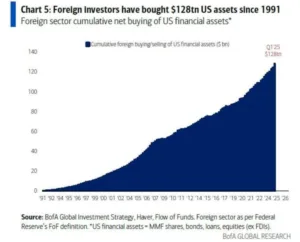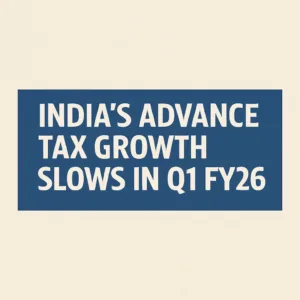The United States PCE Price Index for November rose by 2.4% year-over-year, which was slightly below the expected increase of 2.5%. This was a marginal increase from the 2.3% recorded in October. The Core PCE Price Index, which excludes food and energy, saw a smaller-than-expected rise of 0.1% month-over-month, falling short of the 0.2% forecast. This was also a decrease compared to the 0.3% growth observed in October. Similarly, the overall PCE Price Index increased by 0.1% month-over-month, missing the expected 0.2% increase and matching the result from the prior month.
Personal Income in November grew by 0.3% on a month-over-month basis, which was below the expected 0.4% increase. This marked a decline from the 0.7% rise in October. The Core PCE Price Index, measured year-over-year, held steady at 2.8%, the same as the previous month but slightly below the expected 2.9%. This steady reading suggests that inflation pressures are holding relatively stable, even though it did not meet the forecasted rate.
Personal Spending for November rose by 0.4% month-over-month, which was slightly below the 0.5% expected increase. However, this was an improvement from the 0.3% growth observed in October. The data suggests that while consumer spending continues to rise, the pace of increase is slower than anticipated.
Real Personal Consumption, a measure that accounts for inflation, showed a month-over-month increase of 0.3% in November, which was an improvement compared to the 0.1% growth seen in October. This reflects a modest uptick in the volume of goods and services consumed by households after adjusting for inflation.
US Treasury yields continue to drop following the PCE inflation data. The 10-year yield is down by 4.6 basis points, now at 4.522%.
The 2-year Treasury yield also falls further, down 6.8 basis points, now at 4.253%.
The difference between the 2-year and 10-year yields has increased, with the gap at 25.5 basis points after the inflation report.
Rate futures traders are still betting on a Fed pause in January and increasing their bets on a rate cut in March, with another cut expected by October.
The Federal Reserve lowered its main interest rate by 0.25% to a range of 4.25%-4.5% on Wednesday, marking the third rate cut in a row, but it’s being cautious about future cuts.
In its latest projections, the Fed now expects only two rate cuts in 2025, down from the four cuts it predicted in September.
This comes after the November consumer price index showed inflation at 2.6%, still higher than the Fed’s 2% target, and the US economy grew faster than expected in the third quarter, rising by 3.1% annually, well above the 1.8% growth rate the Fed considers healthy without causing inflation.
Overall, the data for November suggests a mixed economic picture, with slower-than-expected growth in income and spending, alongside stable inflation readings. This may impact economic forecasting and future policy decisions.
Bringing you the latest updates on finance, economies, stocks, bonds, and more. Stay informed with timely insights.










Be First to Comment